Torii, the iconic gates found at Japanese shrines, are a symbol of tradition and spirituality that captivate visitors from around the world. With their distinct design and vibrant red color, torii hold a special place in Japanese culture. But have you ever wondered why torii exist, why so many are painted red, or why they sometimes appear in rows?
Beyond their traditional settings, torii also appear in modern media, such as video games and movies. For example, in the popular action game Nioh 2, torii gates are prominently featured, showcasing their cultural significance in a fantastical yet distinctly Japanese setting.
This article dives into the purpose of torii, the meaning behind their design and color, the reason for their abundance in certain locations, and their representation in modern media like “Nioh 2.”
What Are Torii For?

Let’s learn about Torii! Together!
The Connection Between Shrines and Torii
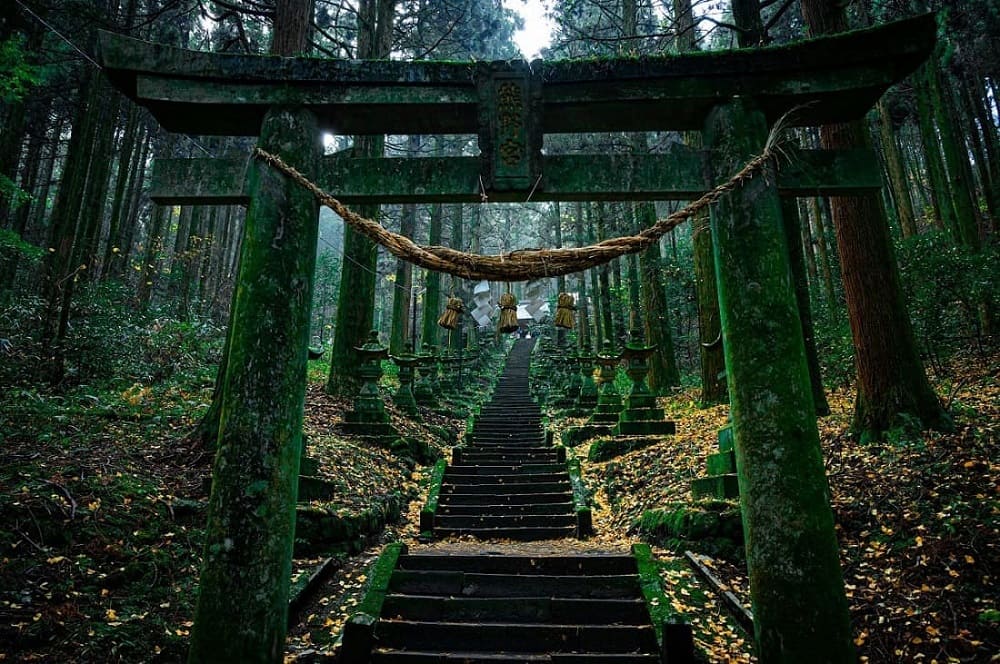
Torii serve as gateways that mark the entrance to a sacred space, separating the divine realm from the mundane world. Passing through a torii symbolizes leaving behind worldly concerns and entering a pure, spiritual space. This aligns closely with the Shinto concept of “purity,” which is fundamental to the practice.
The Significance of Passing Through a Torii
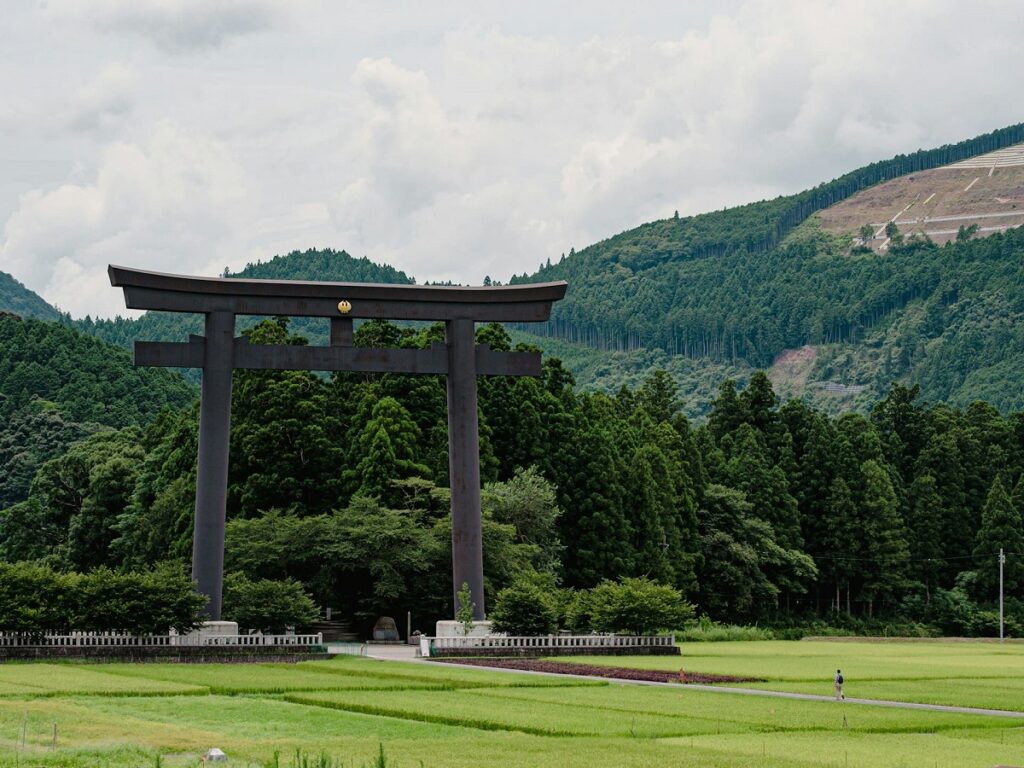
Walking through a torii represents a spiritual transition. It’s a symbolic act of purification and preparation to face the sacred.
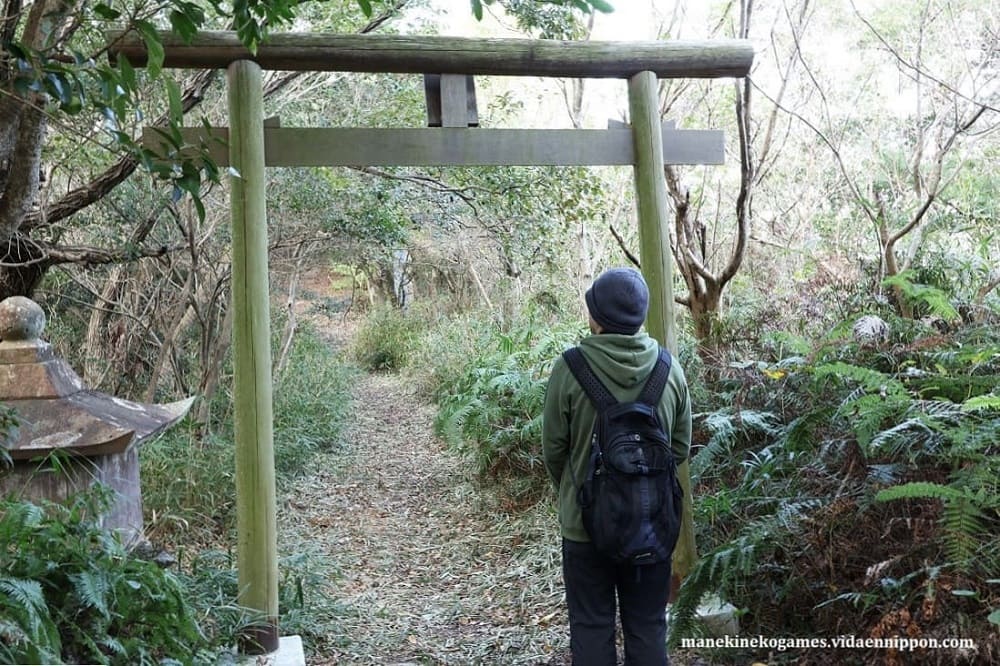
Out of respect, visitors often bow slightly before passing through the gate and avoid walking directly in the center, which is considered the path of the deities.
Varieties of Design and Structure
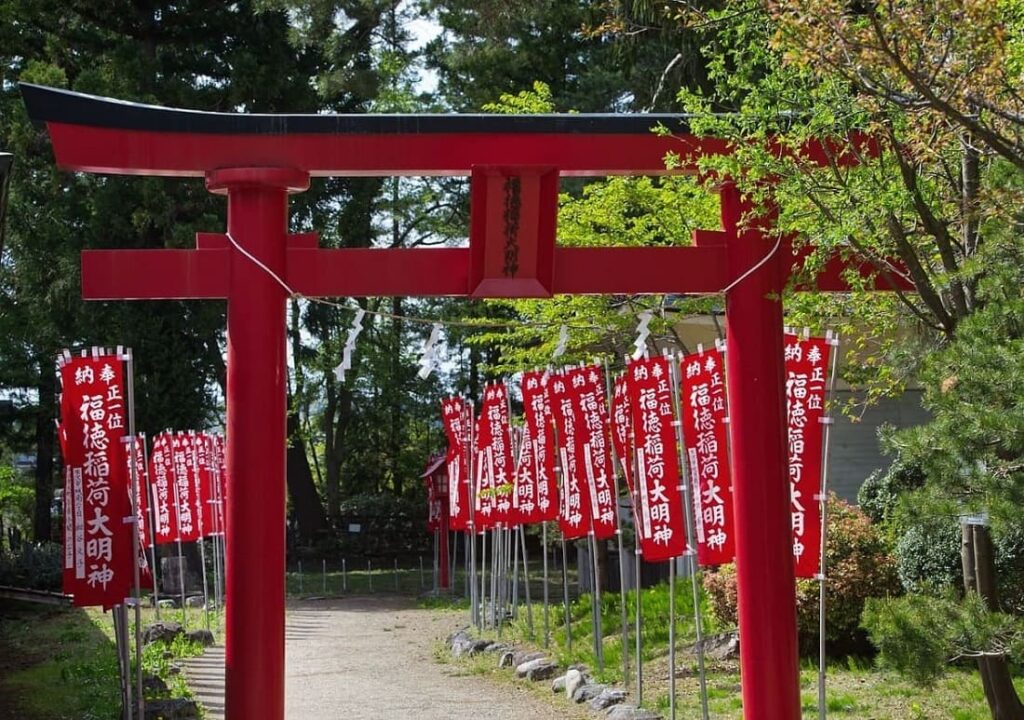
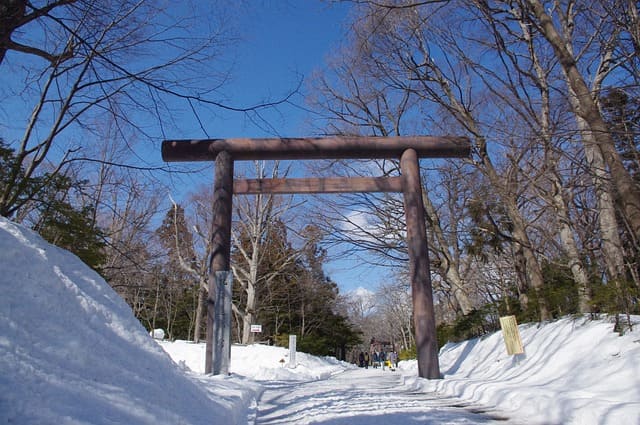
There are several types of torii, such as the Myojin Torii and the Shinmei Torii, each reflecting the traditions or regional characteristics of their respective shrines. The materials used also vary, from wood to stone and even metal, depending on the era and purpose of the structure.

I didn’t know about this a lot!
Why Are Most Torii Red?
Historical Reasons Behind the Color
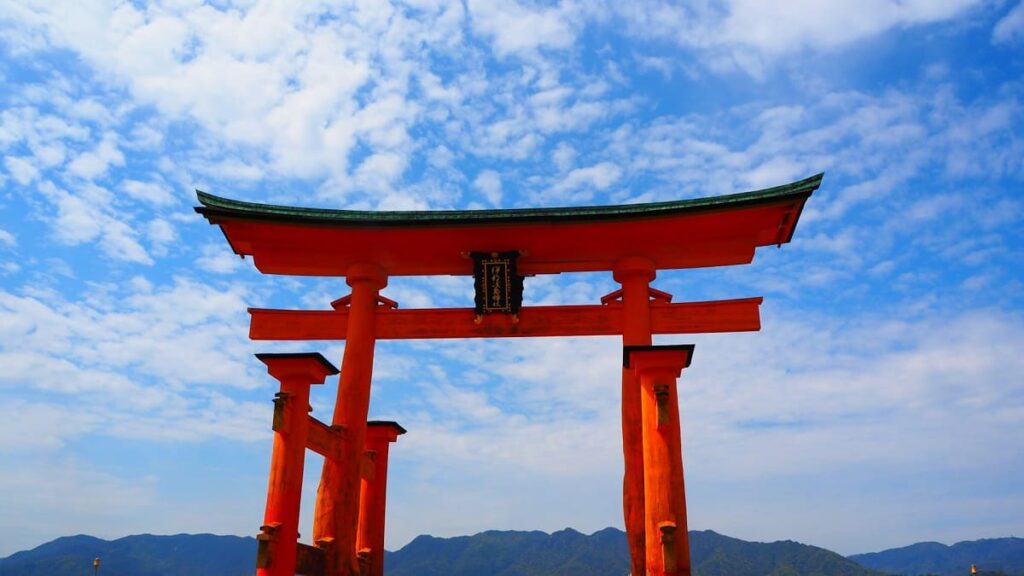
The red color of torii can be traced back to the use of vermillion paint (known as shu-urushi), which acts as a natural preservative. This paint protected wooden torii from insects and decay, making it both functional and visually striking.
Sacred Symbolism of Red
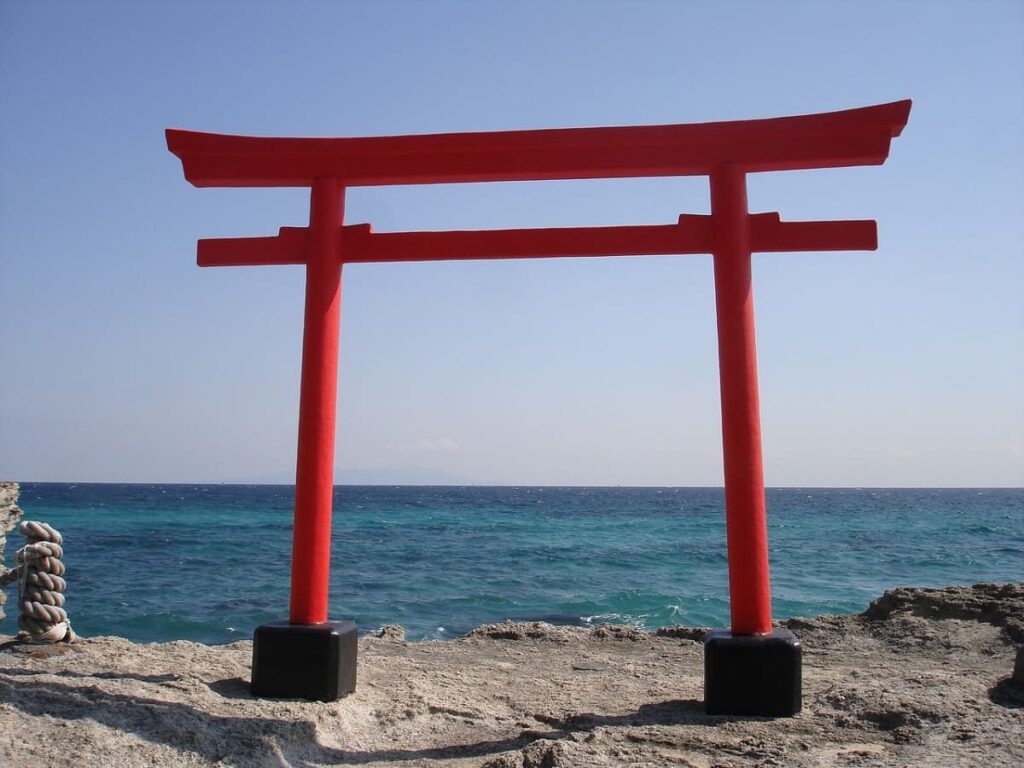
In Japanese tradition, red is considered a color of protection and divine power. Painting torii in red was believed to ward off evil spirits, enhancing their role as guardians of sacred spaces.
Exceptions to the Rule
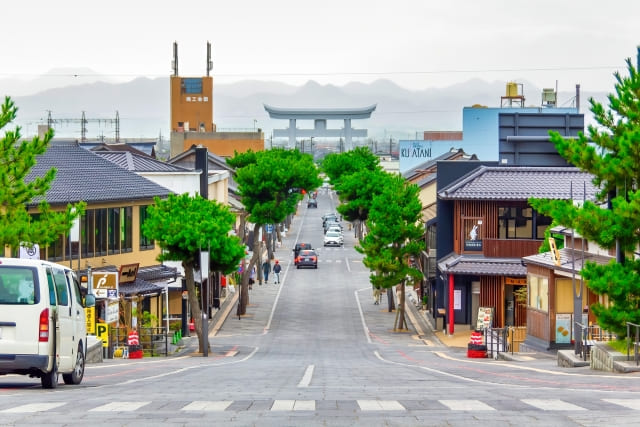
While red is the most common color, some torii are painted black or left in their natural wood color. Famous examples include the unpainted torii at Izumo Taisha Shrine, which reflect unique regional traditions and practices.
Why Are Torii Sometimes Found in Rows?
The Thousand Torii of Fushimi Inari Taisha
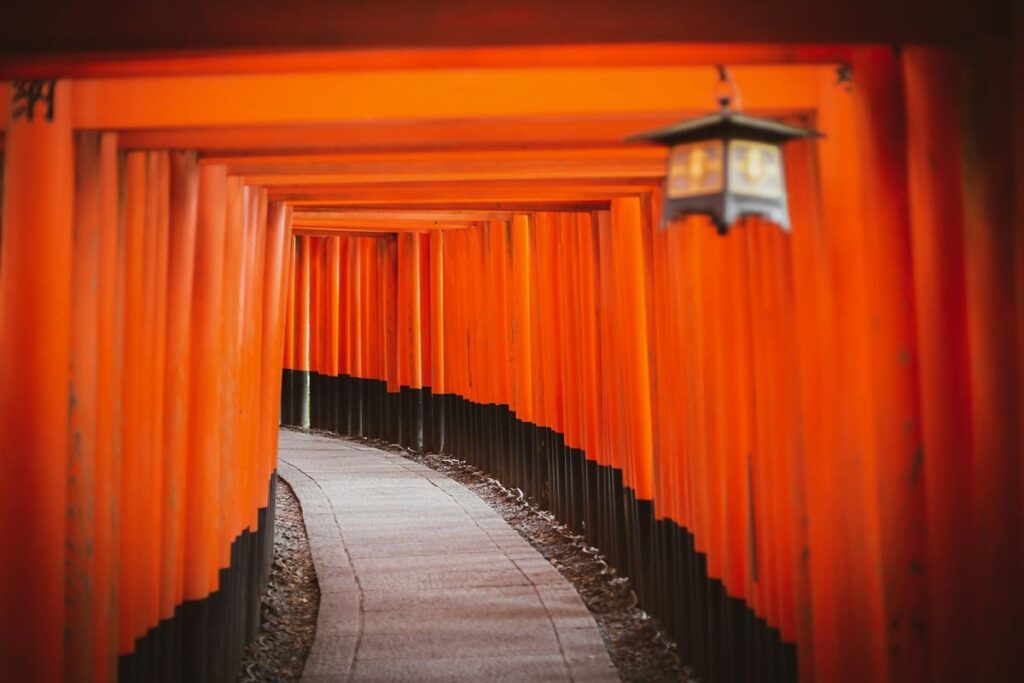
At Kyoto’s Fushimi Inari Taisha, rows of torii known as the “Thousand Torii” create a breathtaking tunnel. Each of these gates was donated by worshippers as an offering of gratitude or a wish for prosperity.
The Tradition of Donating Torii
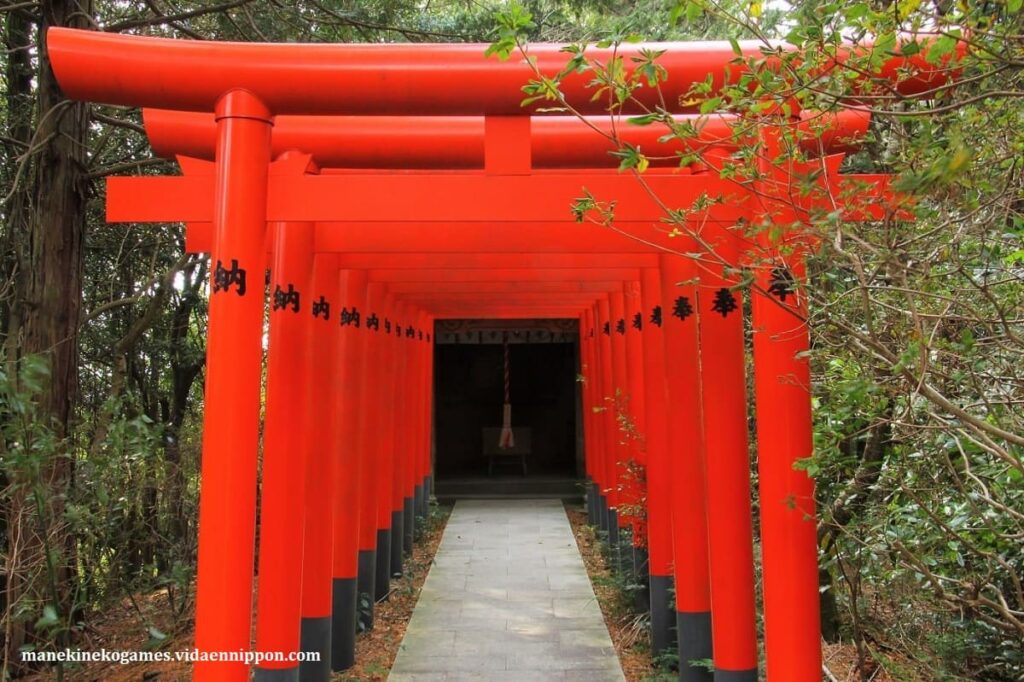
Donating a torii is a way for individuals or businesses to express their devotion and gratitude to the deities. Over time, this practice has resulted in the iconic rows of gates seen at many shrines, creating an awe-inspiring visual effect.
The Mystical Atmosphere of Multiple Torii
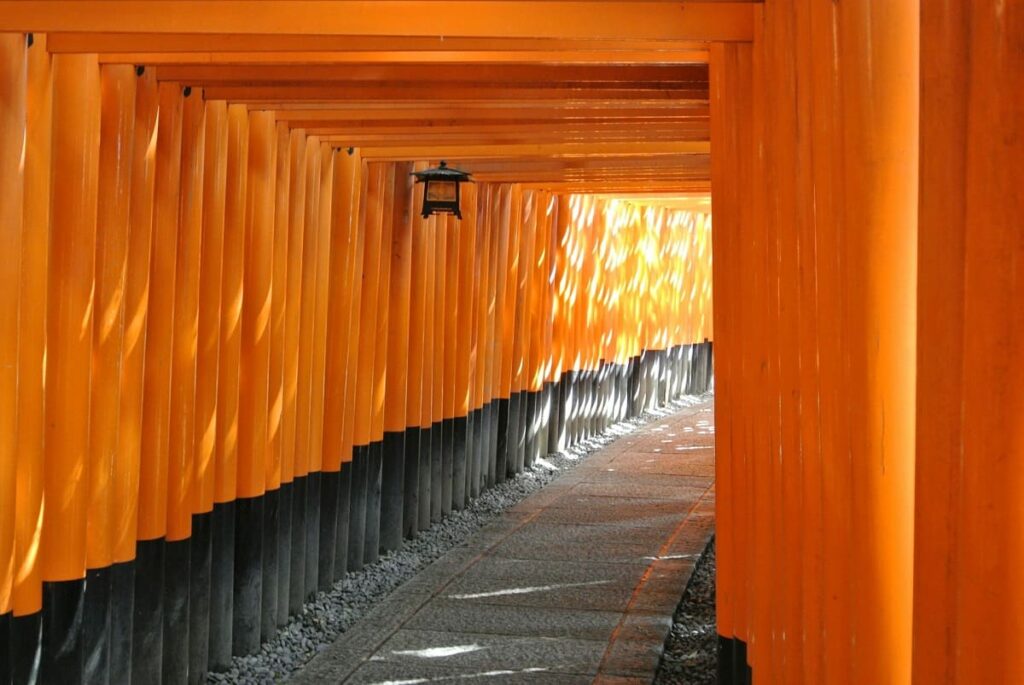
The sight of numerous torii lined up in succession evokes a sense of mystery and otherworldliness. These paths not only attract tourists but also create a serene and spiritual atmosphere for visitors.
Torii in Nioh 2
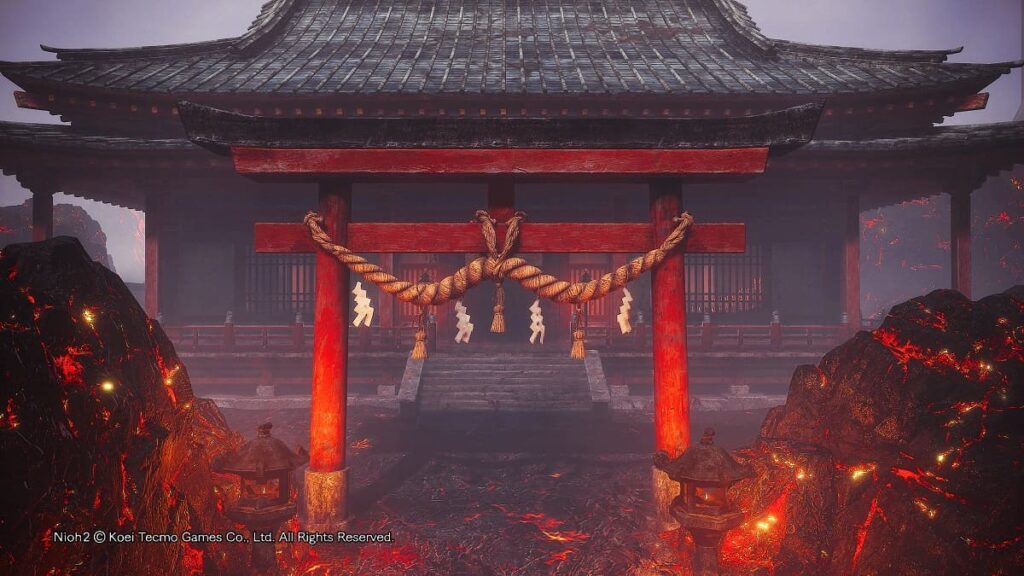
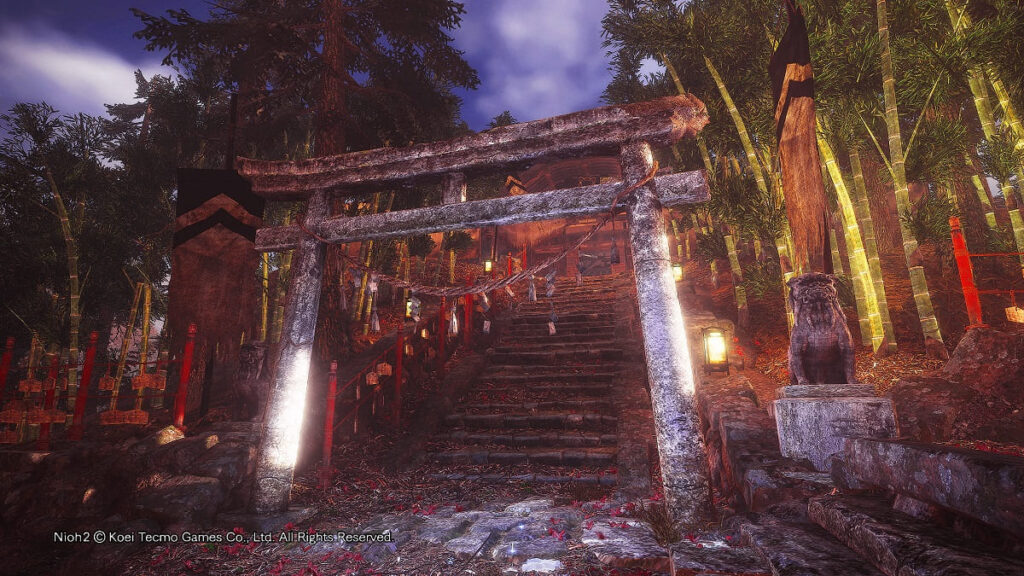
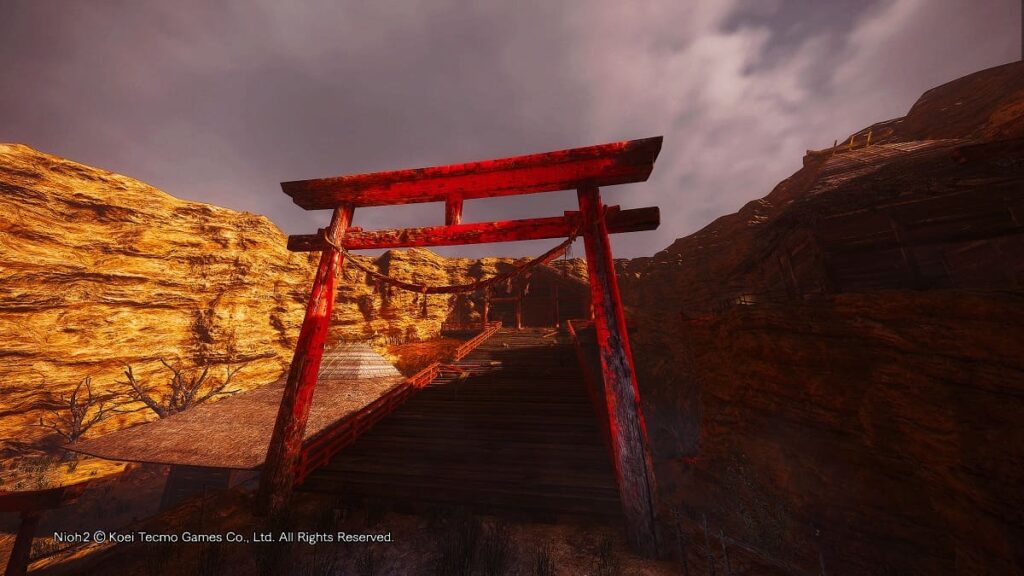
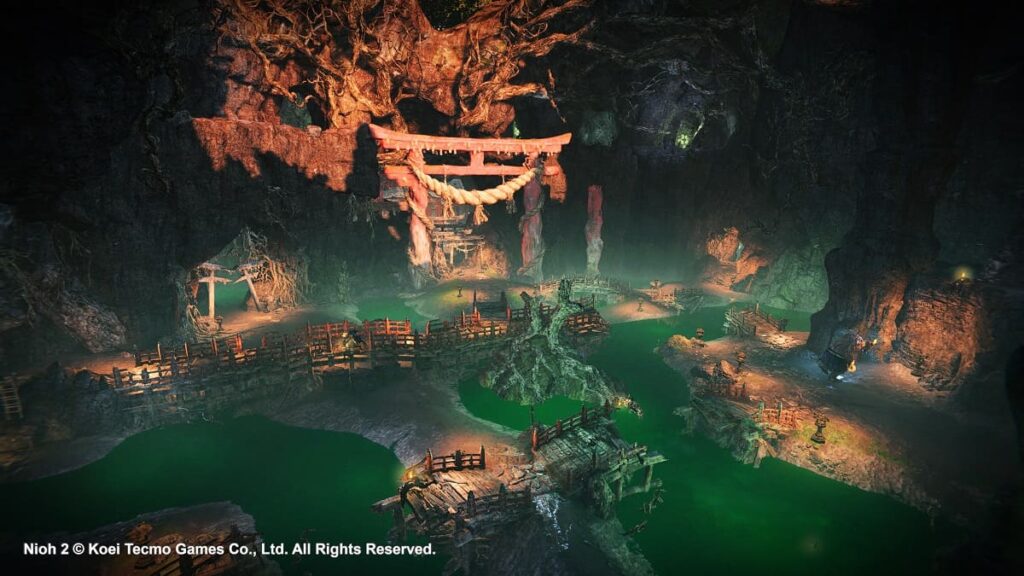
In the action-packed game Nioh 2, torii gates are featured as a crucial element of the game’s design. They symbolize the boundaries between the human and spiritual worlds, much like their traditional role in Shinto shrines.
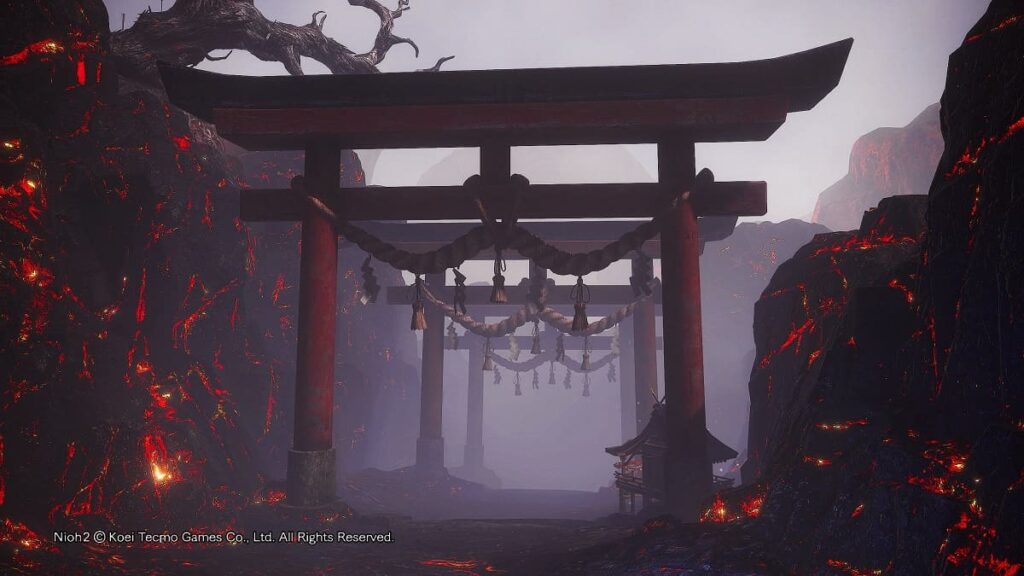
The gates are not just decorative; they add to the game’s immersive experience by grounding its fantastical elements in authentic Japanese culture. Through the inclusion of torii, Nioh 2 allows players to explore Japan’s spiritual heritage in a way that feels both engaging and educational.
You can get a Torii online
If you are interested in having a Torii at home, you can get it at Rakuten Ichiba.
Rakuten Ichiba has Global Express service.
Height:28 cm
Wide:35 cm
Depth:4.5 cm
Height:41 cm
Wide:52.5 cm
Depth:6 cm
Conclusion
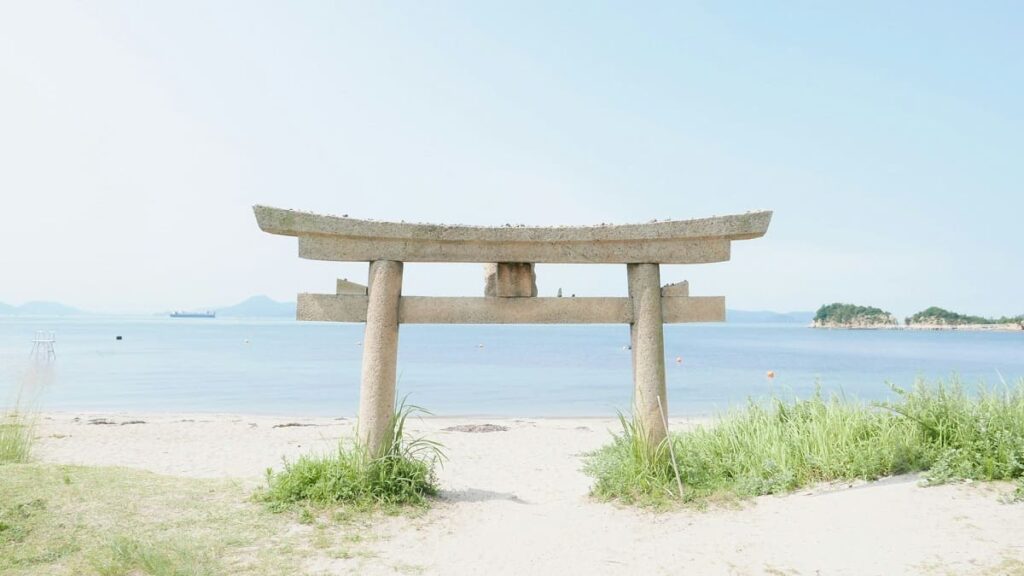
Torii are more than just gates—they are profound symbols of Japan’s cultural and spiritual heritage. From their role as markers of sacred spaces to the significance of their red color and the mesmerizing rows seen at places like Fushimi Inari Taisha, torii carry deep meaning and tradition.
Their presence in modern media like Nioh 2 highlights their timeless appeal and ability to convey Japanese culture to a global audience. Whether encountered in real life or through a screen, torii offer a glimpse into the beauty and depth of Japan’s traditions.
Take a moment to appreciate the torii as gateways—not just to sacred shrines, but to understanding Japan’s rich cultural tapestry.

If you are interested in Japanese culture, you may love these games!
Let’s play!

Yes! Let’s play NIOH games!

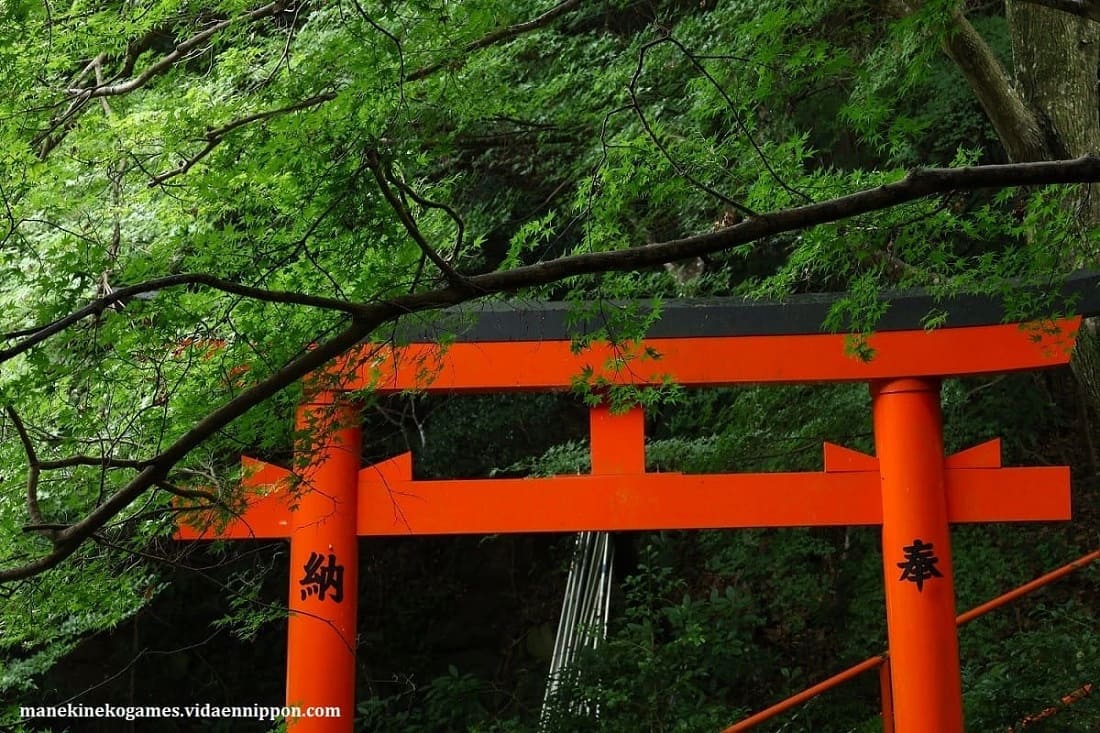
![[商品価格に関しましては、リンクが作成された時点と現時点で情報が変更されている場合がございます。] [商品価格に関しましては、リンクが作成された時点と現時点で情報が変更されている場合がございます。]](https://hbb.afl.rakuten.co.jp/hgb/42481d78.156ad2c2.42481d79.9b6561ce/?me_id=1312095&item_id=10002404&pc=https%3A%2F%2Fthumbnail.image.rakuten.co.jp%2F%400_mall%2Fyamako-showten%2Fcabinet%2Fimg%2Fpointup%2Ftorii-simenawa-m-pt.jpg%3F_ex%3D240x240&s=240x240&t=picttext)

![[商品価格に関しましては、リンクが作成された時点と現時点で情報が変更されている場合がございます。] [商品価格に関しましては、リンクが作成された時点と現時点で情報が変更されている場合がございます。]](https://hbb.afl.rakuten.co.jp/hgb/42481d78.156ad2c2.42481d79.9b6561ce/?me_id=1312095&item_id=10008030&pc=https%3A%2F%2Fthumbnail.image.rakuten.co.jp%2F%400_mall%2Fyamako-showten%2Fcabinet%2Fimg%2Fpointup%2Fk-torii-tuya-big-pt.jpg%3F_ex%3D240x240&s=240x240&t=picttext)
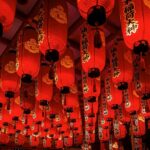
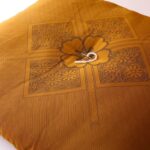
Comments